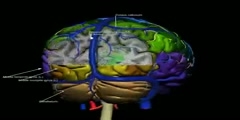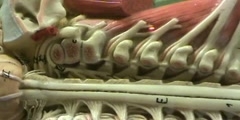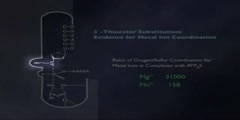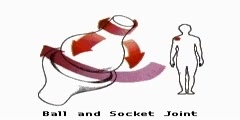How to Protons Accelerate in LHC and Collide in ATLAS
To explore the smallest of the small, the particles inside an atom, physicists use the largest of scientific instruments, particle accelerators with a length measured in miles. These giant tools of particle physics can accelerate particles to very close to the speed of light. How do they do that? All particle accelerators start from the principle that electrically charged objects exert a force on each other--opposite charges attract; like charges repel. If there are no other forces keeping the objects in place, the electric force will accelerate them. With an accelerator, physicists apply an electric force again and again to continually accelerate particles such as electrons, positrons, protons or antiprotons. In a circular accelerator, like Fermilab's Tevatron, the particles repeatedly pass the same force-exerting equipment and soon reach speeds close to the speed of light.
Channels: Particle physics
Tags: Protons Accelerate in LHC and Collide in ATLAS
Uploaded by: buraktube ( Send Message ) on 09-11-2010.
Duration: 0m 31s














